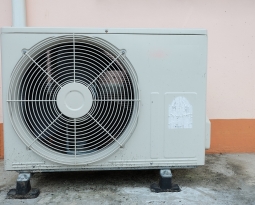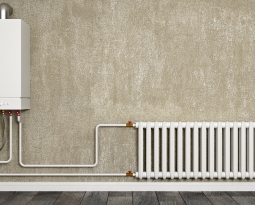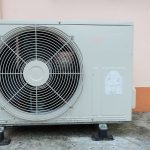To reach the UK’s net zero targets, some 10 million homes will have to swap their fossil fuel heating systems for low-carbon alternatives by 2035. Although it has announced the eminent closure of the Domestic Renewable Heating Scheme (DRHI), the Government aims to stay on track by tightening energy standards and offering a new Clean Heat Grant to the public.
Abbey Consultants takes a look at how the closure of the DRHI, and the introduction of the new Clean Heat Grant will impact developers across the UK.
The Closure of the Domestic RHI
Everyone is likely aware that the Government has put into motion the closure of the DRHI. The scheme was originally meant to end in March 2021. Due to its popularity, however, the Government has extended it to March 2022 (with payments being made up until 2029).
To quickly recap, the DRHI is a governmental financial incentive to promote the installation and use of renewable heat. People who decide to join the scheme, and stick to its rules, receive quarterly payments for the amount of clean, renewable heat their system is estimated to produce.
In what seems like an effort to stay on track for their net zero targets, the Government has proposed the introduction of the Clean Heat Grant. With funding limited to £100m, the new scheme will run for just two years until March 2024.
A Brief Rundown: The Clean Heat Grant
The intention of the Clean Heat Grant is to garner public support for these new technologies; and also to support ‘the segments of the low-carbon heat supply chain that will be needed to enable the introduction of regulations to phase out fossil fuel heating in existing buildings off the gas grid’.
An initial consultation was held on February 12 2021 and the final scheme design is to be confirmed later this year. The Government has proposed the introduction of a minimum insulation requirement as part of the eligibility criteria. The Clean Heat Grant will likely build on the existing criteria of the DRHI and require that all applicants hold a valid EPC issued in the past ten years.
How This Could Impact Developers
In the consultation debrief, the Government outlines that only existing buildings and custom-built homes will be eligible for the Clean Heat Grant. This is not too different from the DRHI which also doesn’t support new-build developments.
The Government intends to drive up the installation of renewable technologies primarily through changes to Building Regulations, without recourse to the taxpayer. Policy recognises that individual self-builders and homeowners are less likely able to afford the expense of low-carbon heat installation.
So, this does mean that housing developers will be left to grapple with the higher cost of installing air source heat pumps and other low-carbon systems. The Government quite clearly states: ‘[a]s in the Domestic RHI, we do not intend to support new-build as developers and purchasers are more able to absorb the costs of low-carbon heat installation. The same economies of scale as housing developers and their installations correlate with building the supply chain that will be relied upon for retrofitting individual small buildings’.
While this may be irksome for developers, the installation of heat source pumps or other low-carbon systems does come with considerable benefits. Have a read of our previous article to find out how air and ground source heat pumps can potentially improve your SAP score!
For more info about this don’t hesitate to get in contact with us on 01923 274 427 or email us at info@abbey-consultants.co.uk








